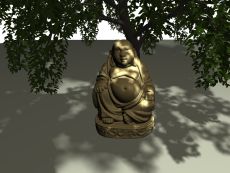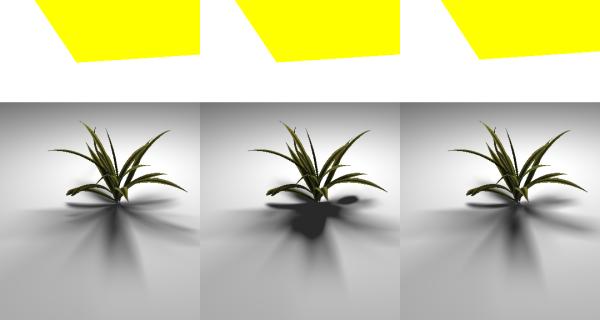High-Quality Adaptive Soft Shadow Mapping
Eurographics 2007, Prague, Czech Republic.
Abstract
The recent soft shadow mapping technique allows the rendering in real-time of convincing soft shadows on complex and dynamic scenes using a single shadow map. While attractive, this method suffers from shadow overestimation and becomes both expensive and approximate when dealing with large penumbrae. This paper proposes new solutions removing these limitations and hence providing an efficient and practical technique for soft shadow generation. First, we propose a new visibility computation procedure based on the detection of occluder contours which is more accurate and faster while reducing aliasing. Secondly, we present a shadow map multi-resolution strategy keeping the computation complexity almost independent on the light size while maintaining high-quality rendering. Finally, we propose a view dependent adaptive strategy, that automatically reduces the screen resolution in the region of large penumbrae, thus allowing us to keep very high frame rates in any situation.



A complexe scene with soft shadows produced by the average of 1024 hard shadows (left), our previous (middle) and our new soft shadow mapping algorithm (right).

From left to right: reference, our previous and new algorithm. Through our new algorithm is still approximate, large light sources are much better handled.
